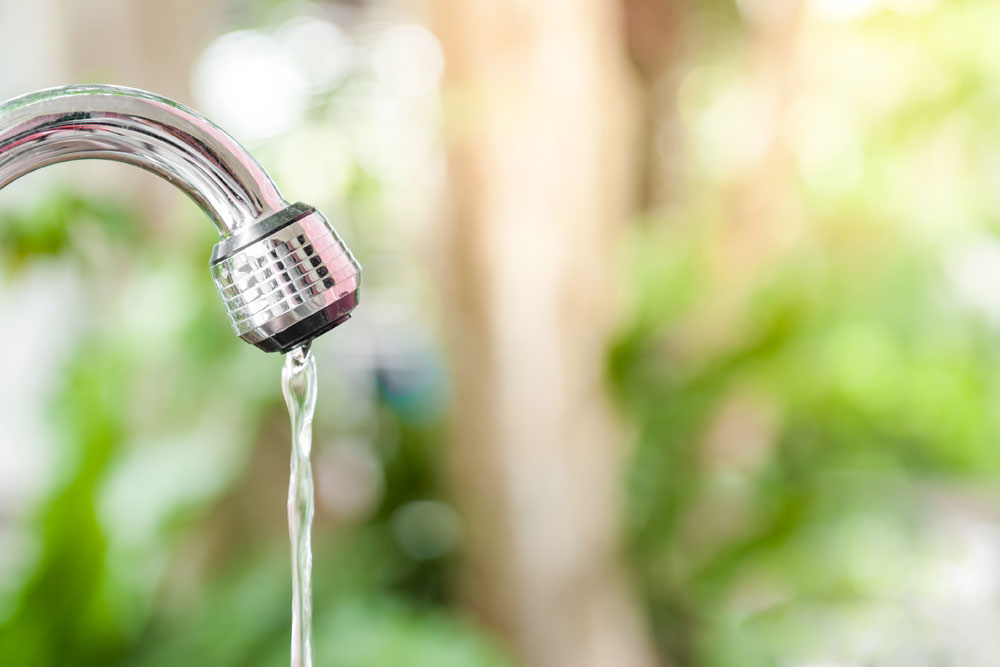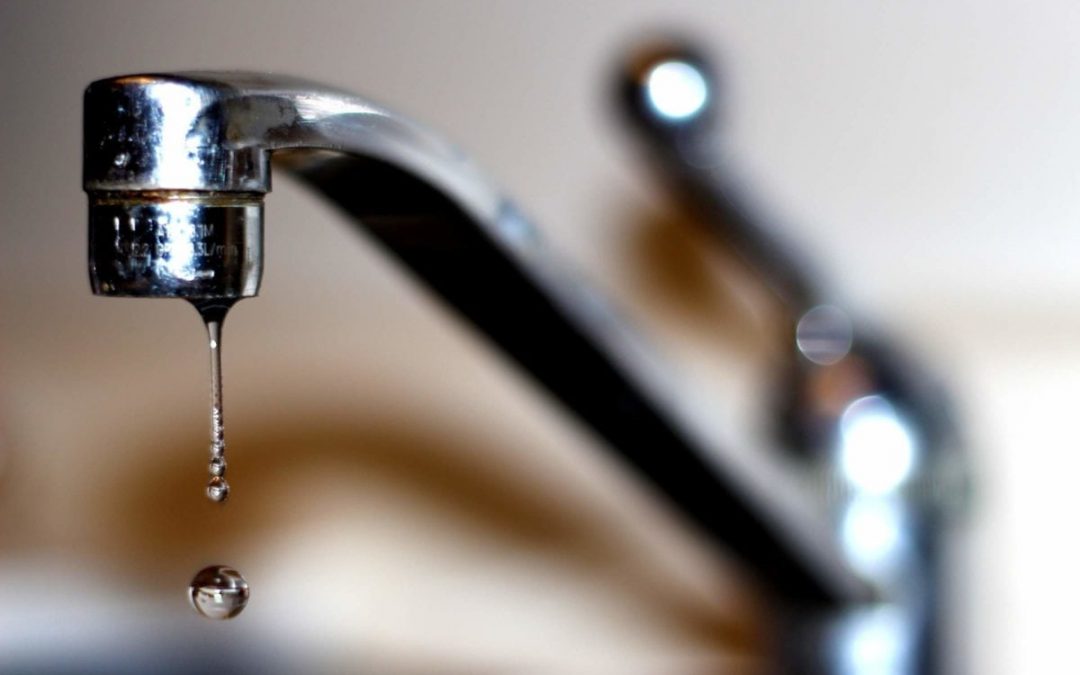Proven Strategies for Fixing Low Water Pressure in Your Home
Proven Strategies for Fixing Low Water Pressure in Your Home
Blog Article
How do you feel with regards to 4 Ways to Troubleshoot Low Water Pressure?

Low tide stress in your house can be an irritating problem, impacting whatever from bathing to washing recipes. If you're experiencing weak water flow, there are several possible causes and services to check out. In this overview, we'll review common reasons for low tide pressure and useful steps to address the problem efficiently.
Intro to Low Water Pressure
Low tide stress takes place when the flow of water from your taps, showers, and various other components is weaker than usual. This can make daily jobs extra tough and much less efficient. Recognizing the reasons for low water stress is crucial to locating the best option.
Usual Causes of Low Water Stress
Pipeline Obstructions
In time, pipelines can become obstructed with mineral deposits, sediment, or particles, limiting the flow of water. This is an usual issue in older homes with galvanized steel pipes.
Deterioration
Corrosion within pipes can lead to leaks and decreased water pressure. Rust accumulation can restrict water flow, especially in maturing plumbing systems.
Faulty Stress Regulatory Authorities
Pressure regulatory authorities are in charge of maintaining consistent water pressure in your home. If they malfunction, it can cause low water pressure or irregular flow throughout the house.
Metropolitan Supply Of Water Issues
Sometimes, the trouble exists outside your home. Community water supply problems, such as main line leakages or maintenance work, can momentarily decrease water pressure in your location.
How to Detect Low Water Pressure
Inspecting Faucets and Components
Start by evaluating the water pressure at different faucets and fixtures throughout your home. If the problem is separated to details locations, it might indicate localized issues.
Inspecting Pipelines
Evaluate visible pipes for indicators of leakages, deterioration, or blockages. Take note of any kind of unusual noises, such as knocking or rattling pipelines, which can suggest problems within the plumbing system.
Consulting with a Plumber
If you're incapable to identify the cause of low water stress, take into consideration hiring a professional plumber to carry out an extensive evaluation. They can recognize underlying issues and suggest ideal services.
Do It Yourself Solutions to Deal With Low Tide Stress
Cleaning Up Aerators and Showerheads
Natural resources can gather in aerators and showerheads, lowering water flow. Get rid of and cleanse these components regularly to improve water stress.
Flushing Hot Water Heater
Debris accumulation in the hot water heater can restrict flow and lower efficiency. Flushing the container occasionally helps remove sediment and maintain optimum performance.
Examining Pressure Regulator
Ensure that the pressure regulatory authority is working properly. Readjusting or replacing the regulatory authority can aid recover appropriate water pressure throughout your home.
Clearing Up Clogs in Water Lines
For small clogs, try using a plumbing snake or chemical drain cleaner to clear blockages in pipes. Beware when using chemicals and adhere to safety and security guidelines.
When to Call a Specialist Plumber
If DIY efforts stop working to resolve the issue or if you believe substantial plumbing troubles, it's best to seek assistance from a certified plumber. They have the competence and tools to resolve complicated issues securely and effectively.
Preventive Measures to Preserve Water Stress
Routine Upkeep
Schedule regular upkeep for your plumbing system to avoid issues such as rust, leaks, and obstructions. Attending to minor issues early can assist avoid more significant fixings later.
Installing a Stress Booster
Take into consideration mounting a pressure booster pump to improve water pressure in areas with consistently low flow. This can be specifically helpful for multi-story homes or residential or commercial properties with high-demand components.
Surveillance Water Use
Bear in mind water use practices and stay clear of overtaxing the plumbing system. Basic adjustments, such as astonishing showers and washing lots, can aid keep adequate water stress.
Conclusion
Taking care of low water stress can be irritating, however determining the underlying causes and carrying out ideal solutions can restore optimum circulation throughout your home. Whether it's cleaning aerators, inspecting pipes, or speaking with a plumber, taking aggressive actions can make certain a constant supply of water for your daily demands.
FOUR WAYS TO FIX LOW WATER PRESSURE NOW
Turning on a shower or faucet only to find the water comes out in a sad, slow drizzle is never a good feeling. How exactly are you supposed to wash a pan or take a quick shower when it takes 10 minutes just to rinse off a little soap? The good news is that when your water pressure is bad, there's always a cause: typically one that can be easily fixed. Here are some of the most common causes of low pressure and what you can do to fix the issue:
DEBRIS AND MINERAL DEPOSIT BUILDUPS
If you notice low water pressure from just one or two of the fixtures in your house, the problem likely has to do with debris buildup. Water is full of minerals and other debris, all of which can accumulate in your pipes and on your fixtures. This can cause a blockage that affects how much water flows through. To fix this, try filling a small plastic bag with white vinegar, and use a rubber band to hang it around your showerhead or faucet. Let the head of the fixture soak for a few hours, and the vinegar should loosen the deposits.
WATER LEAKS
Leaks are another common cause of low water pressure. If water is flowing out of your plumbing through a hole or crack before it can reach your fixture, the pressure coming out of the faucet or showerhead will be lower. A plumbing professional is your best bet for finding and repairing a leak in your water supply pipes.
Leaks are another common cause of low water pressure. If water is flowing out of your plumbing through a hole or crack before it can reach your fixture, the pressure coming out of the faucet or showerhead will be lower. A plumbing professional is your best bet for finding and repairing a leak in your water supply pipes.
FOUR WAYS TO FIX LOW WATER PRESSURE NOW
Turning on a shower or faucet only to find the water comes out in a sad, slow drizzle is never a good feeling. How exactly are you supposed to wash a pan or take a quick shower when it takes 10 minutes just to rinse off a little soap? The good news is that when your water pressure is bad, there's always a cause: typically one that can be easily fixed. Here are some of the most common causes of low pressure and what you can do to fix the issue:
DEBRIS AND MINERAL DEPOSIT BUILDUPS
If you notice low water pressure from just one or two of the fixtures in your house, the problem likely has to do with debris buildup. Water is full of minerals and other debris, all of which can accumulate in your pipes and on your fixtures. This can cause a blockage that affects how much water flows through. To fix this, try filling a small plastic bag with white vinegar, and use a rubber band to hang it around your showerhead or faucet. Let the head of the fixture soak for a few hours, and the vinegar should loosen the deposits.
WATER LEAKS
Leaks are another common cause of low water pressure. If water is flowing out of your plumbing through a hole or crack before it can reach your fixture, the pressure coming out of the faucet or showerhead will be lower. A plumbing professional is your best bet for finding and repairing a leak in your water supply pipes.
Leaks are another common cause of low water pressure. If water is flowing out of your plumbing through a hole or crack before it can reach your fixture, the pressure coming out of the faucet or showerhead will be lower. A plumbing professional is your best bet for finding and repairing a leak in your water supply pipes.
A VALVE ISSUE
If you have low water pressure throughout your home, check your main shut-off valve to make sure it's completely open. You may also want to see if there's a pressure-reducing valve installed. If there is, have a plumber help you adjust the settings to get the pressure you're looking for.
OTHERS USING WATER
Believe it or not, your low water pressure could be caused by your neighbors. If you notice low pressure at certain times of day, it may be because you and the people living next to you have similar schedules - when everyone is showering at the same time, the pressure will be lower in every home. Low pressure throughout the neighborhood may also be caused by an issue with your municipal water supply. If that's the case, call the supplier to see if they're working on the issue.
https://www.rotorooter.com/blog/water-leaking/low-water-pressure-fixes/

I found that content about Low Water Pressure in the House? when browsing on the web. Are you aware of somebody else who is occupied with the niche? Feel free to promote it. We take joy in your readership.
Click Here Report this page